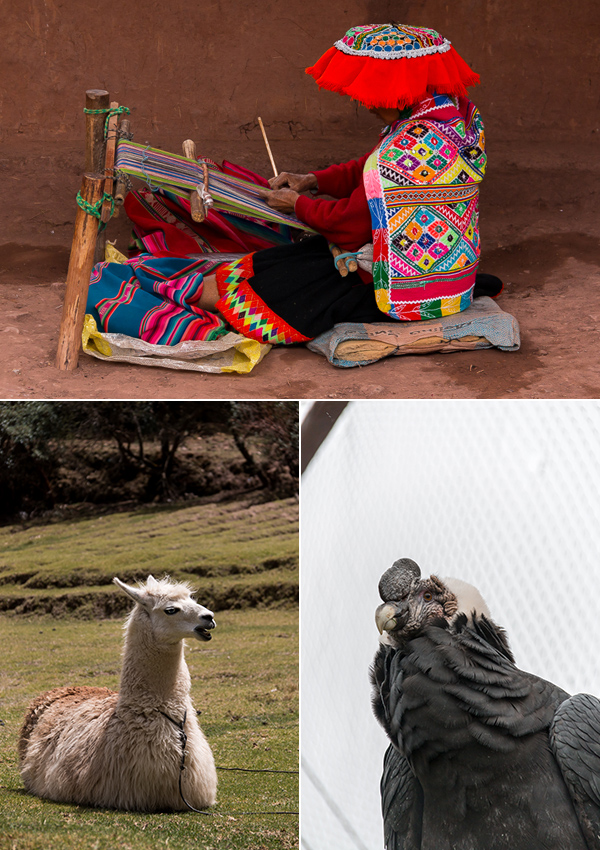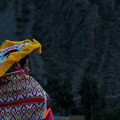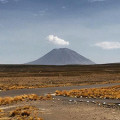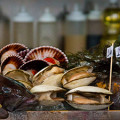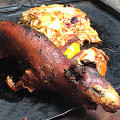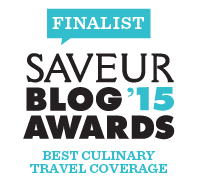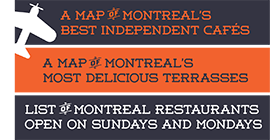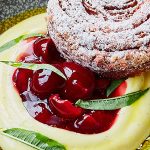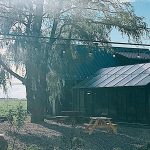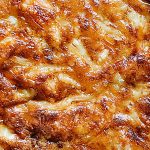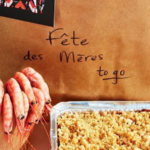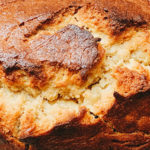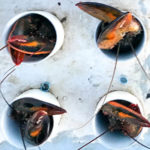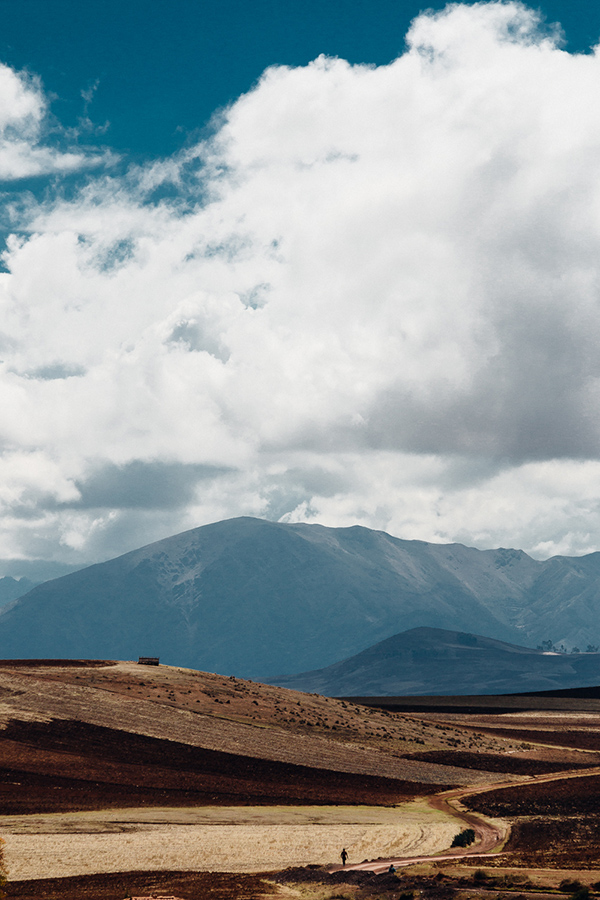
Peru’s Sacred Valley {photo © mrb404}
Any trip to Peru’s Sacred Valley starts in Cusco, the “navel” of the Inca empire, to which I dedicated my previous article. After spending some time in Cusco–which you must do to acclimatize to the altitude–we left the Inca capital early one morning and headed for our 3-day tour of the Sacred Valley. Our first stop was the Santuario Animal de Cochahuasi, a facility that’s been open since 2007 and where they rehabilitate distressed and endangered endemic species. We visited with cougars, vicuñas–the cutest but most recluse of Peru’s 4 species of camelids–llamas, Andean foxes and that most majestic and unfortunately endangered species, the Andean condor.
The sanctuary is located half way between Cusco and Pisac, our second stop, known for its outstanding, must-visit market of Peruvian arts and crafts. If you are going to purchase a souvenir in Peru, this is the place to do it. The winding, narrow and colourful market streets are a lovely way to spend an hour or two perusing, tasting Peruvian chocolate and chatting with the local vendors. Here you will find alpaca and sheep clothing items, jewelry, antiques, paintings and numerous other crafts.

Peru’s Sacred Valley’s Pisac Inca site {photo © mrb404}
Pisac is also known for its Inca ruins–Inca Pisac–which were built as a control post between the valley and the rain forest. Pisac is built on a hill overlooking the Urubamba river and is also believed to have been a defence post at the southern entrance of the Sacred Valley as well as a large administrative center. We walked around the Pisac ruins for about two hours with our Antipode guide who took the time to explain all the details of these most magnificent ruins, including its solar observatory, sacred area dedicated to the worship of Andean deities, agricultural terraced areas and areas reserved for residences. As I said in my previous article, I highly recommend that you get a guide to tour any and all archeological sights in Peru. It adds so much to the experience when you hear about all the awe-inspiring details of the Inca society and their great empire.
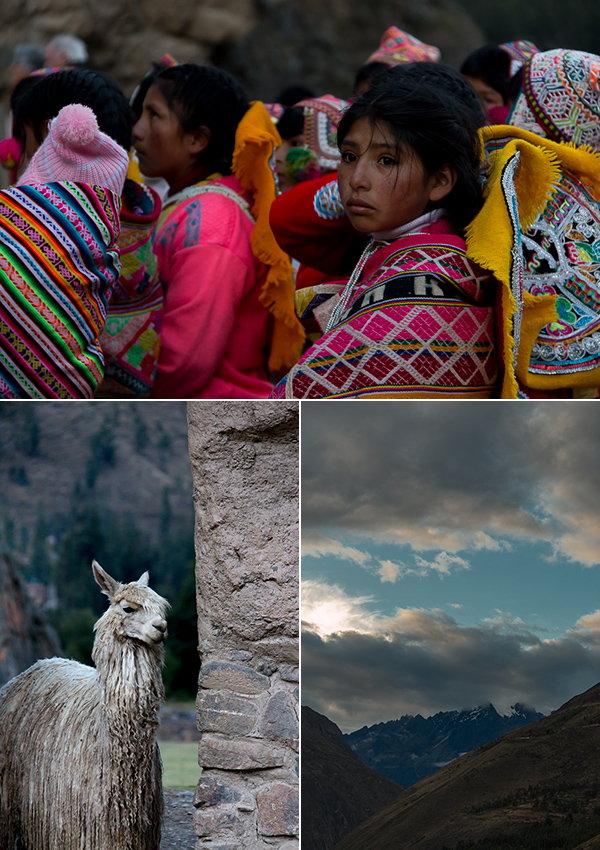
The colourful sights at the Ollantaytambo Inca site {photo © mrb404}
Ollantaytambo was the last Inca stronghold when the conquistadors invaded Peru and took Cusco. Emperor Manco Inca defeated a Spanish expedition by channeling the Urubamba river and flooding the plains, one of many brilliant defence strategies the Inca used. Today, Ollantaytambo is an impressive site consisting of several types of agricultural terraces that allowed the Inca to create microclimates by using altitude, winds and the sun’s heat and its reflection on the terraces’ stone walls. The site also contains a series of storehouses–the Inca’s equivalent of a pantry–located in ventilated caves carved in the hills which helped preserve grains and crops. The site is built on a hill and consists of several religious centres located on three levels. The sheer height and grandeur of some of the stones are awe inspiring. The bottom part of the site is where you’ll find the baths, that of the people as well as the nobles and royalty who called Ollantaytambo home. The amazing part is that the water still runs in these facilities, just as it did in the mid-15th century when it was built.
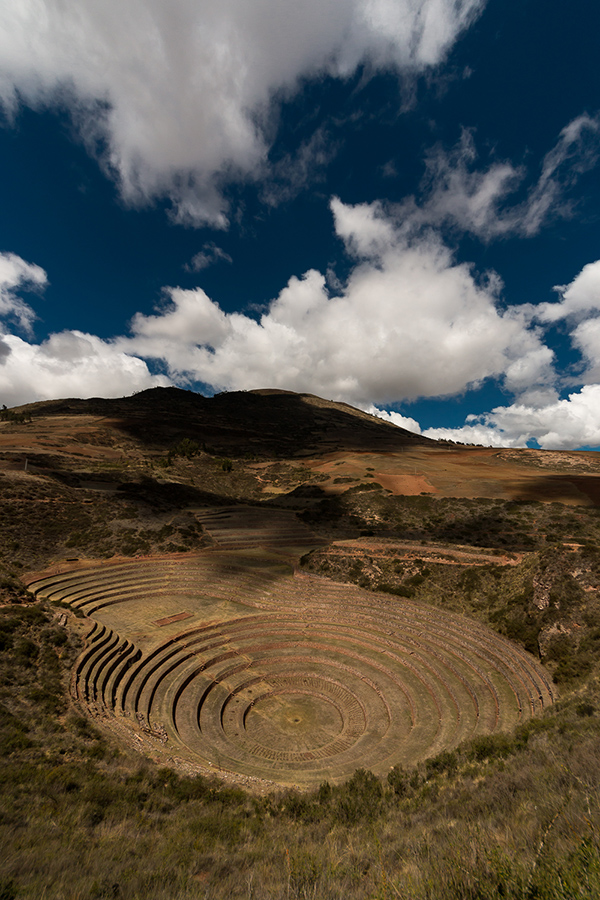
The Moray Inca site and its concentric circles of {photo © mrb404}
The strength and power of the Inca empire lay in the fact that they were great agriculture experts. The Moray ruins are a testimony to that expertise. It is said that the Moray site with its unusual circular terraces was an Inca agricultural laboratory. Because of winds and sun, there’s a difference of a couple of degrees between each terraced level and the Inca probably used these to experiment with crops, domestication of wild vegetables and hybridization of new crops. Smart!
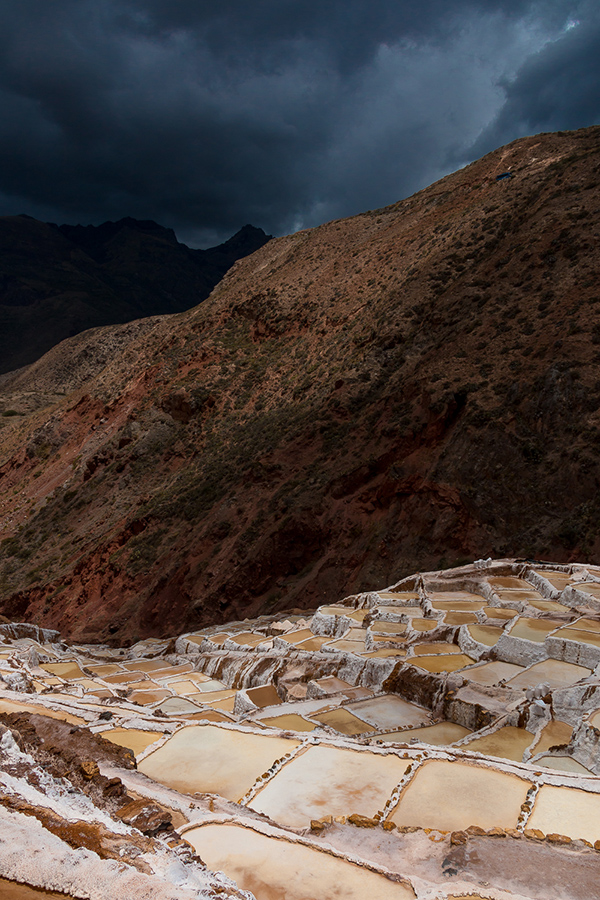
The Maras salt mines in Peru’s Sacred Valley {photo © mrb404}
The Salt Ponds of Maras are located in the mountains north of Cusco and have been around since pre-Inca era. I don’t know about you, but I had never seen salt ponds so far away from the sea and at an altitude of 3300 m. An underground salty spring is redirect into a complex ensemble of channels that use gravity to feed all 3000 pools. The terraced ponds are part of a cooperative that’s been around since the Incas. They belong to members of the community and their size depends on the family size. Any new member moving into the community and wishing to harvest salt is given a new pond on the far side of the lot. The salt colour varies from white to pink and are sold in flakes, crystals, regular or seasoned format in the dozens of boutiques that lead up to the ponds. Watching the families work the ponds with nothing but rudimentary tools is truly impressive. I highly recommend this stop along your way in the Sacred Valley as it is unexpected and beautiful and left a vivid impression on me.
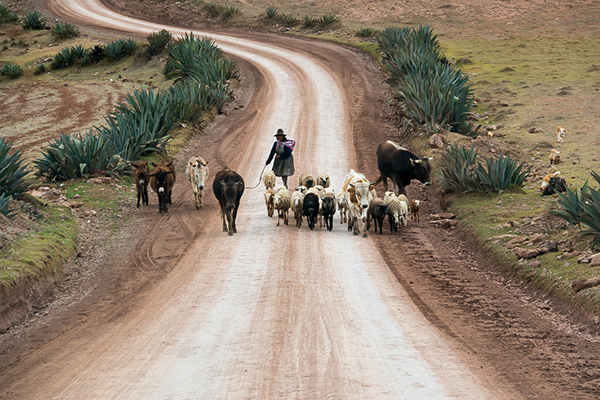
Traffic on the roads in Peru’s Sacred Valley {photo © mrb404}
WHERE TO EAT
Pumachayoc horno colonial (Avenida Federico Zamalloa) in Pisac is a typical restaurant that gives you an insight into the traditional cuisine of the Sacred Valley. The family-run place specializes in traditional sweet and savoury empanadas made with a homemade blend of seven local flowers and cooked in their clay oven. You can also enjoy a full meal in their lovely courtyard, where we encountered the family’s Peruvian hairless dogs and a couple of hummingbirds enjoying the blooming shrubs. The menu includes Guinea pig or cuy, a traditional Andean meal for the past 5000 years. You can pick your own cuy to be roasted from the “cuy castle” in the garden. It is then be marinated in a mix of salt, garlic and huacatay, an aromatic Andean herb, then roasted whole (yes, that means head, teeth, feet and all) in the clay oven and served. Although I didn’t have the heart to actually pick an animal from the pen, I did want to taste it. Cuy is a special occasion meal and it would’ve been rude not to eat it, even if the look is a tad off-putting. I wrote a whole article about this unique experience. It’s served with potatoes and baked pasta and tastes slightly gamey. It’s also very bony and doesn’t make for a very satisfying meal. Use your hands to dig in and try not to stare the animal in the eye!
El Huacatay (Jiron Arica 620) in Urubamba is an unsuspected hidden gem that surprised me with the quality of its food and service. Urubamba and its unpaved streets is not a town where you would expect to find this kind of restaurant. We had lunch outdoors under a tree but the dining room is a bit more formal if you prefer that. The food here is regional, of course, and includes alpaca, pork, prawns and fresh salads, among other specialties.
Other restaurant choices in Urubamba: Paca Paca (Av. Mariscal Castilla 640), Q’anela Restaurante (Jirón Grau 654)
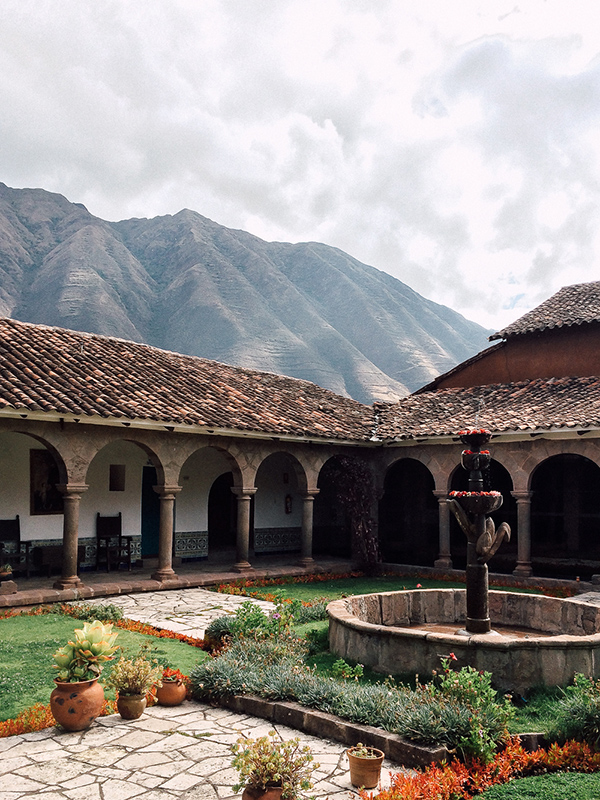
The San Agustin Monasterio de la Recoleta hotel in Urubamba {photo © mrb404}
WHERE TO STAY
San Agustin Monasterio de la Recoleta is located in Urubamba near most of the Sacred Valley’s Inca ruins. It’s a beautiful, XVII century religious complex that’s been converted into a boutique hotel with 32 rooms distributed around courtyards laden with fruit trees and flowers. The colonial architecture, bright colours and surrounding mountains create a unique space in which I wish I had spent more time. The hotel’s restaurant is not a bad choice for dinner and serves regional cuisine made with fresh ingredients. Urubamba is the town from which to catch the two-hour train ride to Aguas Calientes and Machu Picchu.
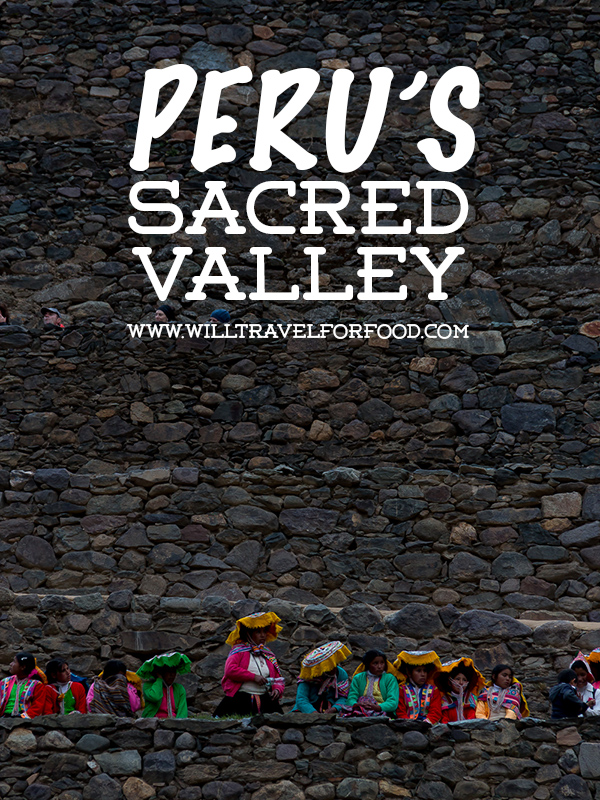
What to do and where to eat in Peru’s Sacred Valley {photo © mrb404}
Read on what to do and where to eat in Cusco, the navel of the Inca Empire as well as more on my Peruvian adventures here and stay tuned for the next chapter soon!


